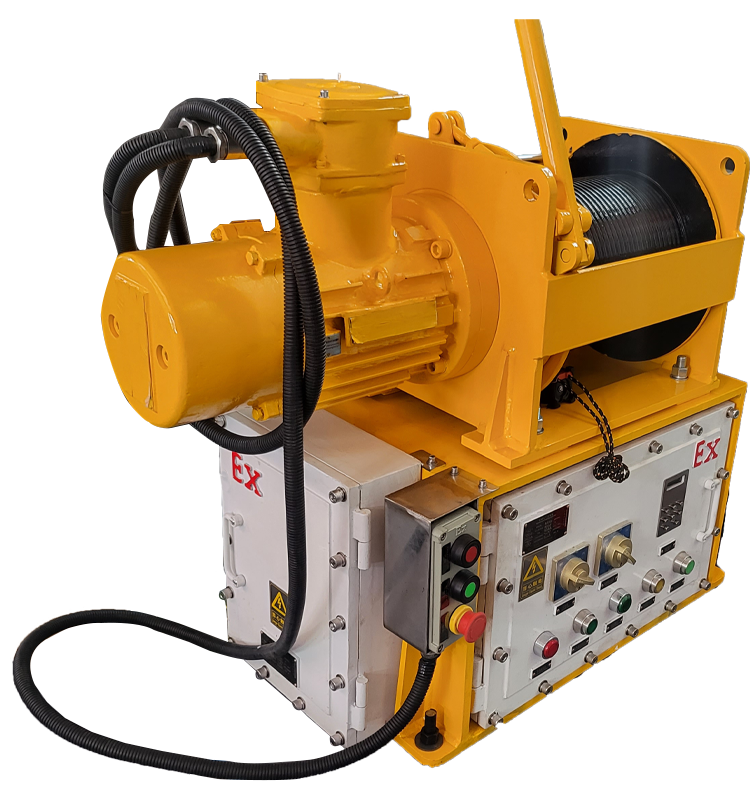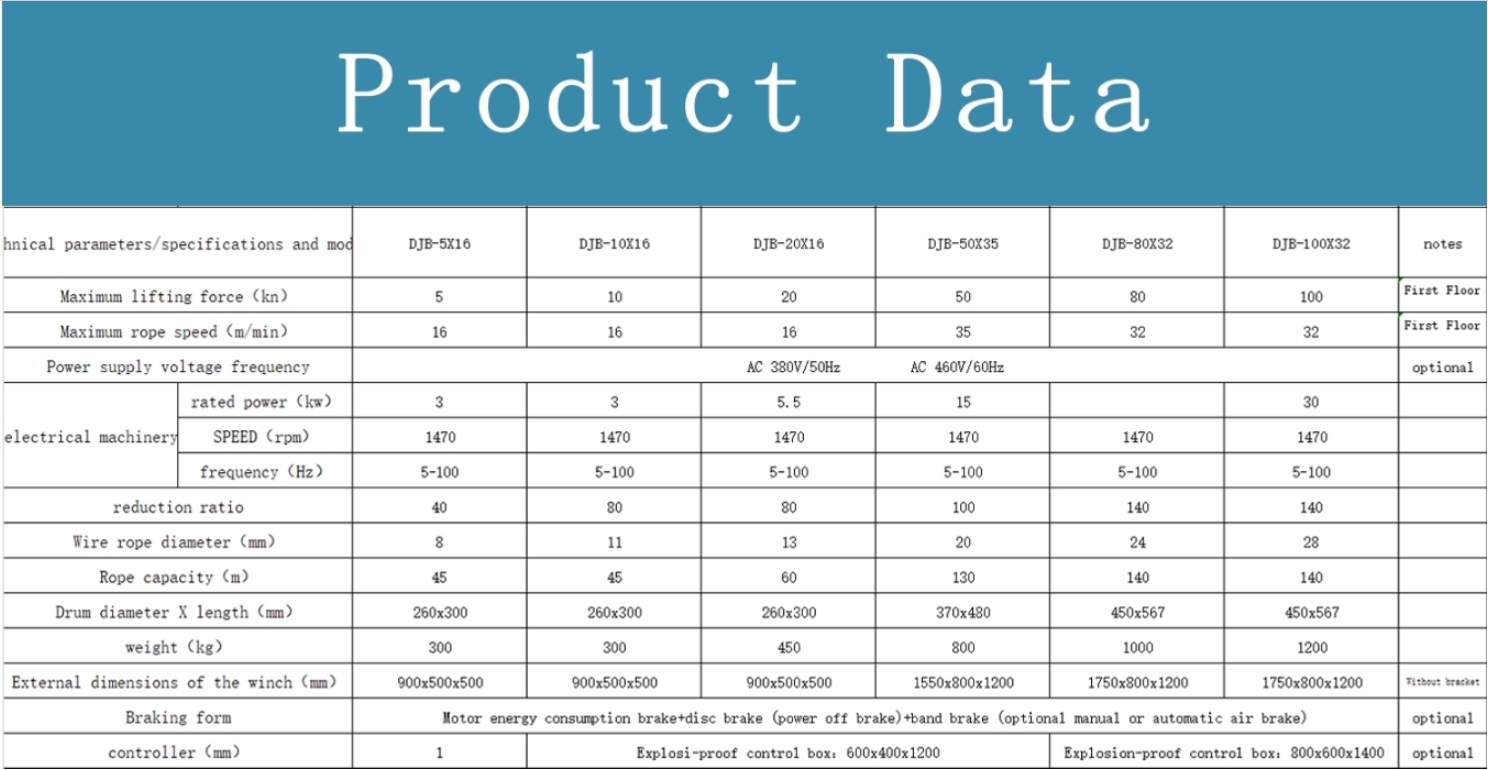 中文版
中文版



Welcome to contact us by phone:0086-0312-7969888
The internal structure of an electric ship winch can vary based on the specific design, manufacturer, and intended application. However, a typical electric ship winch comprises several key components that work together to facilitate the winching operation. Here are the primary internal components often found in an electric ship winch:
Electric Motor:
The electric motor is a crucial component that provides the power needed to drive the winch. It converts electrical energy into mechanical energy to turn the winch drum or other winching mechanism.
Gear Train:
Many electric ship winches incorporate a gear train to increase torque and control the speed of the winching operation. The gear train consists of gears arranged in a specific configuration to achieve the desired mechanical advantage.
Winch Drum:
The winch drum is a cylindrical component around which the cable or rope is wound. It is connected to the gear train and rotates as the electric motor operates. The winch drum provides the mechanical advantage necessary for lifting or pulling loads.
Braking System:
An electric ship winch typically includes a braking system to secure the load and prevent the winch drum from unwinding unintentionally. The braking system may be mechanical, electrical, or hydraulic, depending on the winch's design.
Clutch Mechanism:
The clutch mechanism allows the operator to engage or disengage the winch, enabling manual operation or free spooling of the cable when necessary. It disconnects the electric motor from the winch drum.
Control System:
The control system includes components such as levers, buttons, or switches that allow the operator to control the winching operation. This may include features like variable speed control, directional control, and emergency stop functions.
Electric Control Panel:
An electric ship winch often includes an electric control panel that houses electrical components, including circuitry, relays, and switches. The control panel allows for user interface and integration with ship systems.
Limit Switches:
Limit switches are safety devices that can be integrated into the winch to limit the travel of the load and prevent over-travel or over-tensioning. These switches help protect the winch and the load from damage.
Enclosure:
The internal components of the winch are housed within an enclosure, which protects them from environmental factors such as saltwater, moisture, and corrosion. The enclosure is designed to withstand the harsh conditions associated with marine environments.
Bearings and Seals:
Bearings support the rotating components within the winch, and seals help prevent the ingress of water and contaminants. Properly sealed bearings and components contribute to the winch's durability in marine conditions.
Electric Power Supply:
The winch requires a power supply, typically sourced from the ship's electrical system. It may include wiring, connectors, and other electrical components to ensure a reliable power connection.
The specific design and arrangement of these components can vary among different electric ship winch models. Manufacturers may incorporate additional features or technologies to meet specific requirements and industry standards. Users should refer to the manufacturer's documentation for detailed information on the internal structure, maintenance requirements, and safe operation of a particular electric ship winch model.

X